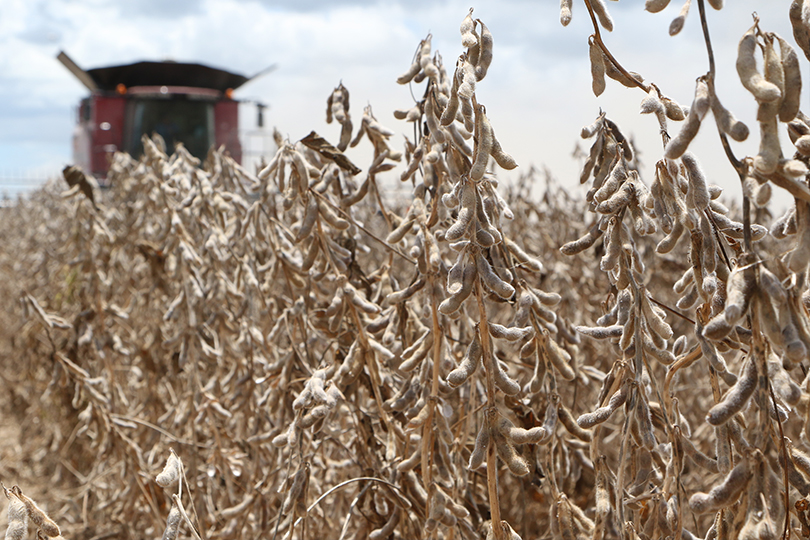By Jennifer Whitlock
Field Editor
Soybean oil is found on many food ingredient labels today, but it’s quickly finding another top spot in the renewable diesel market.
That has some people concerned there will be a shift in pricing as with other biofuel crops in the past. But soy grower organizations say there’s room for all uses without dramatic increases in price.
“It’s not food versus fuel,” Mac Marshall, vice president of Market Intelligence at the United Soybean Board and U.S. Soybean Export Council, said. “It’s food and fuel.”
Soy is not just food for humans, either. The high-protein fiber leftover from soy oil processing is toasted and ground into animal feed for livestock and pets. More than half of U.S. soybean meal goes to poultry feed and just over 30% goes to swine, beef and dairy cattle feed. The remainder is used for pet food, aquaculture and other purposes.
Although livestock feed relies heavily on soybean meal, prices are not expected to rise with an increased use of soy oil for renewable diesel and biodiesel. It’s an inverse relationship—when soybean oil costs rise, soybean meal prices typically fall, according to United Soybean Board.
It’s because soybeans are only about 19% oil. When they’re crushed for oil, the remaining 81% produces meal. When oil demand drives the crush, there’s an excess of meal that pushes down meal prices.
The current higher cost of soybean oil is transferring to food processors of salad dressing, mayonnaise, margarine and other foods, however.
But Marshall noted in an interview with Agri-Pulse the soy industry is working on ways to facilitate the needs of both industries while staying competitive on prices. With more soybean crushing plants in the works in the Midwest, processing capacity should expand soon, helping to meet demand.
“As we are contributing to a global solution in the renewable (energy) space, we’re also effectively contributing towards mitigating escalating food costs by virtue of cheaper inputs to animal feed,” he said. “Two major challenges for the world right now are food access and energy transition. Soy is well-positioned to play a critical role in…both of those challenges.

